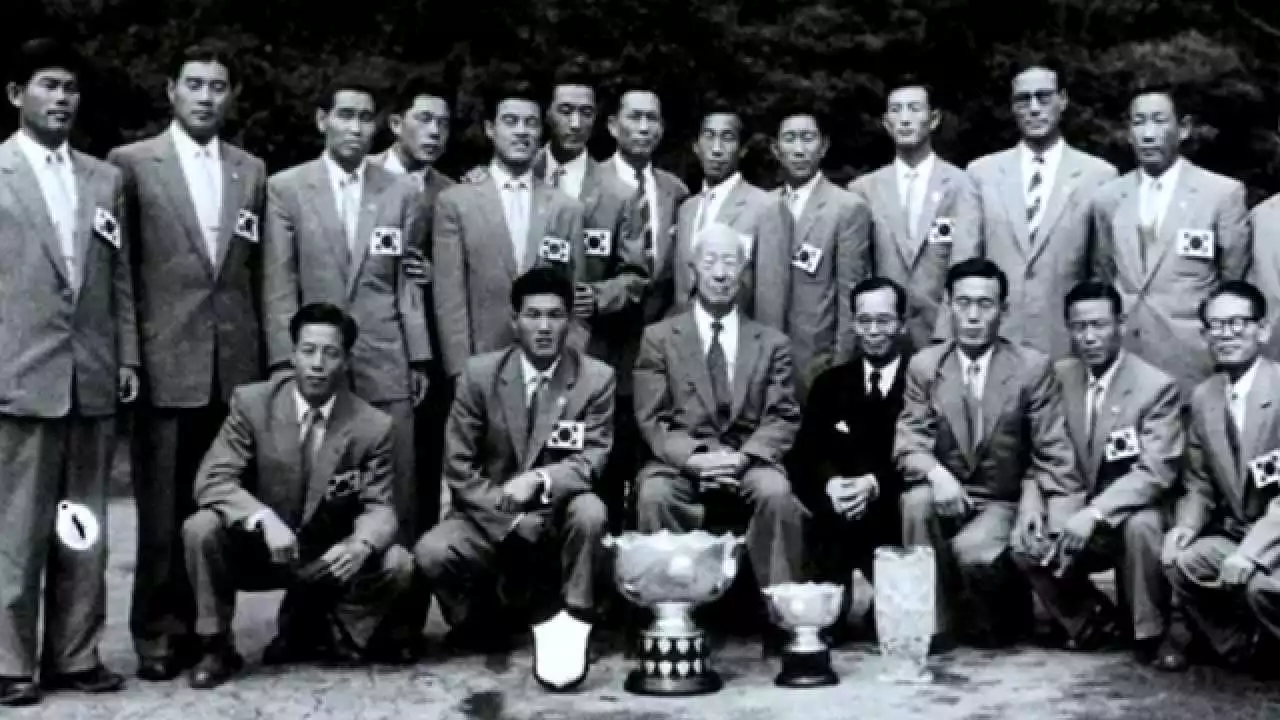The Early Days of Broadcasting
In the early days of broadcasting, the concept of bringing live sporting events to the masses seemed like an impossible dream. However, the AFC Asian Cup was one of the pioneers in embracing this new medium. The tournament's first foray into broadcasting came in the form of radio broadcasts.
Radio brought the excitement of the AFC Asian Cup directly into people's homes. Fans from all over the world could tune in to listen to the matches, feeling the thrill of each goal and the tension of every close call. The power of radio allowed the tournament to reach a wider audience, transcending geographical boundaries and uniting fans in their love for the game.
As technology advanced, so did the coverage of the AFC Asian Cup. Television broadcasting soon took center stage, bringing the tournament to life in living rooms across the globe.
The Impact of Television on the AFC Asian Cup
Television broadcasting revolutionized the way fans experienced the AFC Asian Cup. No longer limited to just the audio commentary, viewers could now witness the action unfold right before their eyes. The visual medium of television added a new level of excitement and immersion to the tournament.
Television also allowed for new forms of analysis and commentary. Expert pundits and commentators provided insights and expert analysis, enhancing the viewers' understanding of the game. The AFC Asian Cup became more than just a sporting event; it became a spectacle that captivated millions.
The advent of television broadcasting also brought new challenges and opportunities for the tournament. Broadcasters had to invest in production equipment and infrastructure to provide high-quality coverage. The AFC Asian Cup became a showcase for technological advancements, pushing the boundaries of what was possible in broadcasting.
The Digital Revolution and Streaming Services
The digital revolution marked a turning point in the history of broadcasting the AFC Asian Cup. With the rise of the internet, streaming services emerged as a new way to deliver live sports content to fans worldwide. This shift opened up a world of possibilities and expanded the reach and accessibility of the tournament like never before.
Streaming services allowed fans to watch the AFC Asian Cup on their computers, tablets, or smartphones, anytime and anywhere. No longer bound by the constraints of traditional broadcasting, fans could now follow the tournament on the go, ensuring that they never missed a moment of the action.
Digital streaming also introduced interactive features that enhanced the overall fan experience. Real-time statistics, instant replays, and interactive polls became part of the viewing experience, keeping fans engaged and immersed in the tournament. The AFC Asian Cup became more than just a passive viewing experience; it became an interactive event that fans could actively participate in.
Broadcasting Innovations during the AFC Asian Cup
Alongside the digital revolution, broadcasting innovations during the AFC Asian Cup have continued to push the boundaries of what is possible. High-definition broadcasts brought the tournament to life with stunning clarity, capturing every detail on the pitch and allowing fans to feel like they were right there in the stadium.
Virtual reality (VR) technology also made its mark on the broadcasting of the AFC Asian Cup. With VR headsets, fans could immerse themselves in a 360-degree view of the matches, giving them a whole new perspective on the game. VR allowed fans to experience the tournament in a truly immersive and interactive way.
Another notable innovation was the introduction of multi-camera angles. Viewers could now switch between different camera feeds, choosing the angle that provided the best view of the action. This customization gave fans a more personalized viewing experience, allowing them to focus on their favorite players or areas of the pitch.
The Role of Social Media in Broadcasting the Tournament
Social media has become an integral part of modern broadcasting, and the AFC Asian Cup has embraced this trend. Platforms like Twitter, Facebook, and Instagram have allowed fans to connect with each other and share their thoughts and experiences during the tournament.
Broadcasters have also leveraged social media to engage with fans in real-time. Live tweeting, behind-the-scenes content, and exclusive interviews have become part of the overall broadcasting experience. Social media has transformed the AFC Asian Cup into a global conversation, where fans from different corners of the world can come together to discuss and celebrate the tournament.
Challenges and Opportunities for Broadcasters
While broadcasting technology has come a long way, it has also presented its fair share of challenges for broadcasters. The increasing demand for high-quality streaming has put pressure on networks to deliver seamless and uninterrupted coverage. Bandwidth limitations and technical issues can sometimes hinder the viewing experience, leading to frustration among fans.
However, these challenges have also opened up new opportunities for innovation. Broadcasters have continually improved their infrastructure and invested in technologies that can handle the demands of live streaming. The AFC Asian Cup has become a testing ground for new broadcasting technologies, pushing the limits of what is possible in delivering a flawless viewing experience.
The Future of Broadcasting the AFC Asian Cup
As technology continues to evolve, the future of broadcasting the AFC Asian Cup holds even more exciting possibilities. Virtual reality advancements could take the immersive experience to new heights, allowing fans to feel like they are sitting in the stands alongside their favorite teams.
Artificial intelligence (AI) and machine learning may also play a significant role in the future of broadcasting. AI-powered algorithms could analyze player movements and match data in real-time, providing fans with deeper insights and personalized content.
The journey of broadcasting the AFC Asian Cup has been nothing short of remarkable. From the early days of radio broadcasts to the digital streams of today, technology has transformed the tournament into a global spectacle. As we look to the future, we can only imagine the incredible innovations that will shape the way we experience the AFC Asian Cup, uniting fans in their love for the game and illuminating the spirit of football like never before.










